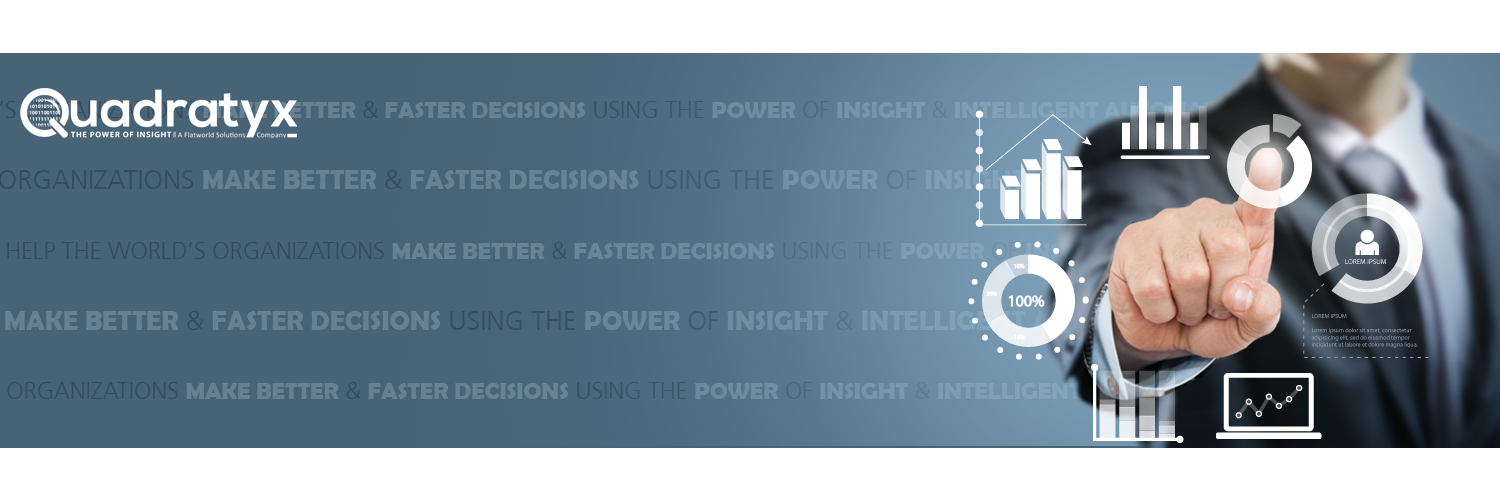"We live in a data-driven world. Increasingly, the efficient operation of organizations across sectors relies on the effective use of vast amounts of data. Making sense of big data is a combination of organizations having the tools, skills and more importantly, the mindset to see data as the new "oil" fueling a company. Unfortunately, the technology has evolved faster than the workforce skills to make sense of it and organizations across sectors must adapt to this new reality or perish."
--Andreas Weigend, Ph.D Stanford, Head of the Social Data Lab at Stanford, former Chief Scientist Amazon.com
Data Analysts:
--Andreas Weigend, Ph.D Stanford, Head of the Social Data Lab at Stanford, former Chief Scientist Amazon.com
Data analysts translate
numbers into plain English. Every business collects data, whether it's sales
figures, market research, logistics, or transportation costs.
A data analyst's job is
to take that data and use it to help companies make better business decisions.
Tasks:
- Analyze the data provided.
- Build dash boards and generate reports.
- Use descriptive statistics to summarize the data.
- Use inferential statistics to do sample to population
inference; if it is survey data.
- Traditional statistical techniques like logistic
regression is used for classification and ARIMA for time series
forecasting.
- They predominantly work on enterprise commercial
software(Tableau, qlikview, SAS).
- In most of the cases, they deal with clean data.
- Role is restricted to a particular task or particular
domain.
Data Scientist:
A data scientist
represents an evolution from the business or data analyst role.
Data science is, in
general terms, the extraction of knowledge from data. The key word in this job
title is "science," with the main goals being to extract meaning from
data and to produce data products.
Tasks:
- Since they work across various domains, first step in a
project is understanding domain.
- Visualizing the data using tools like R, Python, Tableau, QlikView.
- Data Understanding by plotting on outcome variables,
and using descriptive statistics.
- Data Pre-processing for cleaning and transforming data
in meaningful way.
- Feature Engineering to extract the features out of
data.
- Feature Selection to extract the important features
using machine learning and statistics.
- Train, test and validation data sets creation.
- Machine learning algorithms to build a prediction model
- Design data products for helping customers make right
decisions.
- Work more with open source softwares like R for machine
learning and python for machine learning and text analytics.
- Data Scientists even work with Big Data.
- They are familiar with hadoop and related stack.
- The data scientist role has been described as “part
analyst, part artist.
- Data scientist will most likely explore and examine
data from multiple disparate sources.
- A data scientist does not simply collect and report on
data, but also looks at it from many angles, determines what it means, then recommends insights generated from data.
- Armed with data and analytical results, a top-tier data
scientist will then communicate informed conclusions and recommendations
across an organization’s leadership structure.
- Creativity with common sense are the strengths of data scientist.
- Out of box thinking.
- In short Data Scientist are unicorns in this data
world.


No comments:
Post a Comment